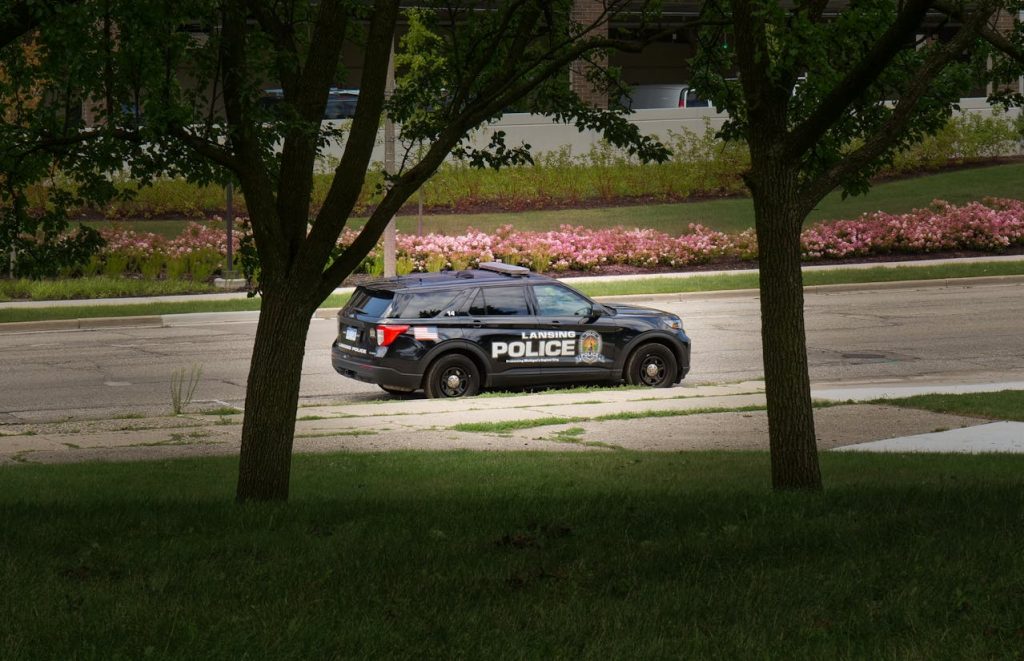Imagine you’re walking through a bustling city square. You spot a police officer patrolling the area, and as they pass by, something on their uniform catches your eye. It’s not just the badge or the uniform itself, but a distinctive patch sewn onto the sleeve. This small piece of fabric, often overlooked, carries with it a wealth of meaning and history. It’s not just an identifier; it’s a badge of honor, a symbol of commitment, and a piece of tradition. But how did these patches come to be? What stories do they tell, and why are they still so important today?
Police patches are more than just accessories; they are rich symbols of a department’s history, identity, and values. These patches have evolved over time, reflecting changes in law enforcement and society at large. In this article, we’ll delve into the fascinating journey of police patches, from their inception to their modern-day significance. We’ll explore the symbolism embedded in their designs, address common misconceptions, and uncover why these patches are not just decorative but deeply meaningful. So, if you’ve ever been curious about the story behind those small yet significant emblems, you’re in for an insightful read.
The Birth of Police Patches: A Symbolic Beginning
The history of police patches dates back to the late 19th and early 20th centuries, coinciding with the formalization of police forces. Initially, police uniforms were simple and utilitarian, with little to differentiate officers from one another. However, as law enforcement agencies grew and began to develop unique identities, the need for a distinguishing emblem became apparent. Thus, the first police patch was born.
These early patches were basic, often featuring the department’s name and a simple emblem. They served a dual purpose: identification and authority. In a time when law enforcement was still establishing its role in society, these patches helped to instill a sense of professionalism and legitimacy. The presence of a patch indicated that the wearer was a sworn officer, tasked with upholding the law and maintaining public order.
One of the earliest known examples is the New York Police Department (NYPD) patch, which dates back to the late 1800s. This patch featured a straightforward design with the words “NYPD” prominently displayed, making it clear who the officer represented. Over time, as departments across the country recognized the value of these symbols, a police patch has become a standard part of the uniform.
The Evolution of Design: From Simple to Symbolic
As law enforcement agencies evolved, so did the designs of their patches. What started as simple identifiers soon became intricate works of art, laden with symbolism and meaning. Departments began to incorporate local landmarks, historical references, and other elements that represented their unique identity and mission.
For instance, the Chicago Police Department’s patch includes an image of Fort Dearborn, a nod to the city’s early history. Similarly, the San Francisco Police Department features a phoenix rising from the flames, symbolizing the city’s recovery after the devastating 1906 earthquake. These elements are not just decorative; they serve as visual representations of the department’s heritage and values.
The evolution of police patch designs also reflects broader societal changes. In the mid-20th century, as the civil rights movement gained momentum, some police departments incorporated symbols of justice and equality into their patches. This was not just a symbolic gesture; it was a way for these departments to communicate their commitment to fair and impartial policing.
The Significance of Police Patches: More Than Just a Badge
While it’s easy to see these patches as mere accessories or identifiers, they are much more than that. These patches carry a deep significance, both for the officers who wear them and the communities they serve. They are a form of storytelling, encapsulating the history, mission, and values of the department.
One of the key functions of a police patch is to convey authority. The presence of a patch on an officer’s uniform signals to the public that the wearer is a legitimate law enforcement officer, authorized to enforce the law. This is particularly important in situations where an officer’s authority might be questioned, such as crowd control or traffic stops.
But beyond authority, these patches also serve as a symbol of pride and identity. For many officers, wearing the patch of their department is a source of pride. It signifies their membership in a respected organization and their commitment to serving and protecting their community. This sense of identity can be particularly strong in departments with a long and storied history.
Moreover, police patches often serve as a reminder of the values and mission of the department. For example, a patch featuring the scales of justice might symbolize a commitment to fairness and impartiality. A patch with a shield and sword might emphasize the department’s role in protecting the community. These symbols are not just chosen at random; they are carefully selected to represent the department’s core values.
The Hidden Stories Behind the Patches
While the primary function of their patches is to identify and symbolize, they also tell hidden stories about the department and the officers who wear them. These stories are often not immediately apparent to the public, but they are deeply meaningful to those in the know.
For example, some patches include symbols or elements that pay tribute to fallen officers. These might be subtle details, such as a small black ribbon or a specific emblem, but they carry a powerful message. They serve as a constant reminder of the sacrifices made by officers in the line of duty and the risks inherent in the profession.
Other patches might include elements that highlight the department’s commitment to community engagement. For instance, a patch might feature symbols representing local community organizations or partnerships. This not only communicates the department’s dedication to building strong community relationships but also serves as a reminder to officers of the importance of these connections.
In some cases, the stories behind the patches are linked to significant events or milestones in the department’s history. For example, a department that played a key role in a major event, such as disaster response or a significant criminal investigation, might incorporate symbols of that event into their patch. This serves as a badge of honor, commemorating the department’s role and achievements.
Solving the Mystery: Why Police Patches Matter Today
In an age where digital identification and advanced technology are prevalent, one might wonder if police patches are becoming obsolete. After all, officers can be identified through badges, ID cards, and even facial recognition technology. So, why do these patches continue to hold such importance?
The answer lies in the unique role that police patches play in bridging the past and the present. They connect officers to their department’s history and traditions, providing a sense of continuity and stability. This is particularly important in a profession where change and uncertainty are constant. In times of crisis or transition, the familiar sight of a police patch can provide reassurance and a sense of stability.
Furthermore, police patches are an important tool for building trust and transparency. In an era where public scrutiny of law enforcement is at an all-time high, patches can help humanize officers and make them more relatable. When community members see officers wearing a patch that represents their city or county, it reinforces the idea that these officers are part of the community, not outsiders. This can be a powerful tool for building trust and fostering positive relationships between law enforcement and the public.
Another critical aspect of police patches is their role in fostering camaraderie and unity among officers. Wearing the same patch as your colleagues can create a strong sense of belonging and team spirit. It’s a visual reminder that, regardless of rank or role, every officer is part of the same organization, working towards a common goal. This can be particularly important in large departments, where officers may work in different units or have little daily interaction.
The Future of Police Patches: Evolving with the Times
As we look to the future, it’s clear that police patches will continue to evolve. Modern design trends, technological advancements, and changing societal values will all play a role in shaping the patches of tomorrow. Some departments are already experimenting with new materials, digital elements, and even augmented reality features.
For example, some police departments are exploring the use of reflective materials in their patches to increase visibility and safety for officers working at night. Others are considering incorporating QR codes or digital elements that can provide additional information about the department or the officer. These innovations are not just about aesthetics; they are about enhancing the functionality and effectiveness of the patches.
At the same time, there is a growing awareness of the importance of inclusivity and representation in police patches. Departments are increasingly recognizing the need to reflect the diversity of the communities they serve. This might include incorporating symbols that honor different cultural heritages or representing various community groups. By doing so, these patches can help foster a sense of inclusivity and respect for all members of the community.
The Timeless Significance of Police Patches
In conclusion, police patches are far more than just decorative elements on a uniform. They are rich symbols of history, identity, and values. From their humble beginnings as simple identifiers, they have evolved into intricate symbols of a department’s heritage and mission. They are a testament to the dedication and sacrifice of the officers who wear them and a reminder of the deep connection between law enforcement and the communities they serve.
Whether you’re an officer, a historian, or just someone curious about the world around you, the history and significance of police patches offer a fascinating glimpse into the world of law enforcement. They are a reminder that even the smallest details can carry profound meaning and that, in the world of policing, every stitch tells a story.
As we move forward, police patches will continue to evolve, reflecting changes in technology, society, and law enforcement itself. But their core purpose—serving as a symbol of identity, pride, and commitment—will remain unchanged. So, the next time you see a police patch, take a closer look. You might just uncover a piece of history and a story worth telling.
If you are interested in purchasing high-quality custom patches, feel free to call us at 866-903-4875 or fill out one of our FREE quotes here.





